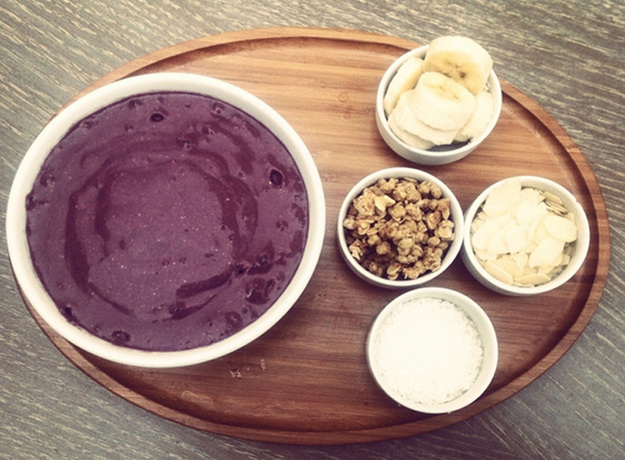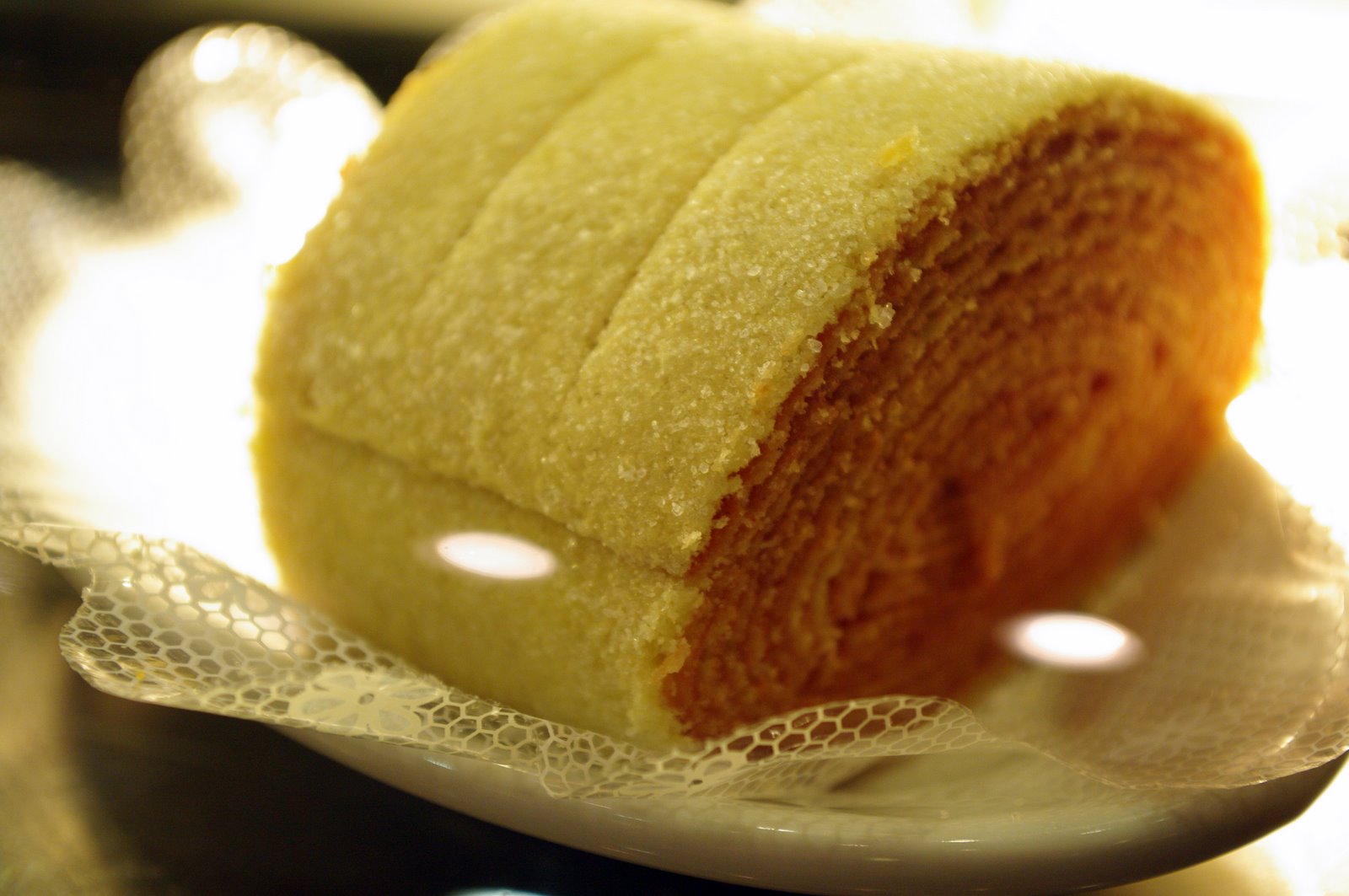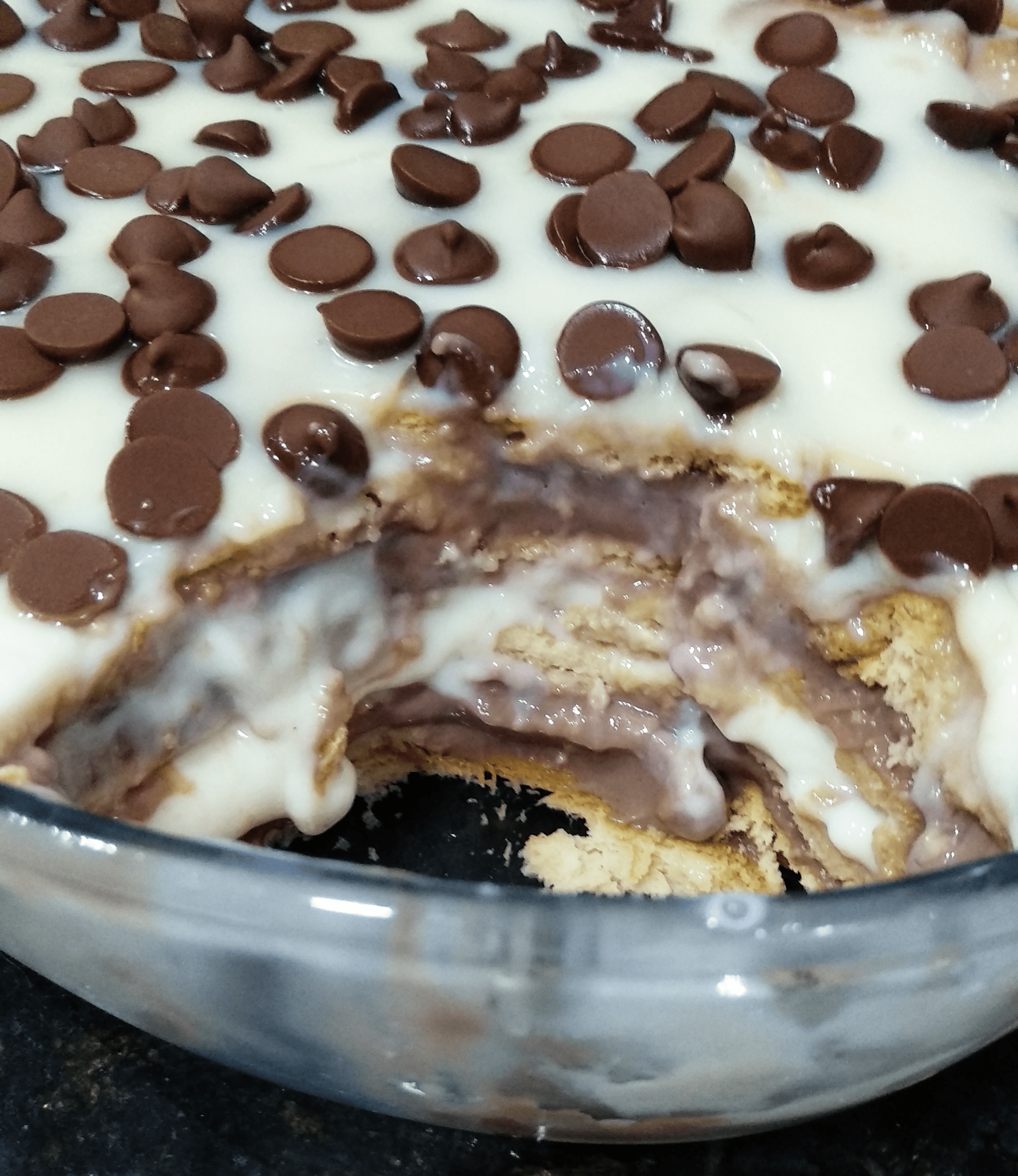List of Brazilian sweets and desserts on:
[Wikipedia]
[Google]
[Amazon]
Below is a list of sweets and desserts found in Brazilian cuisine.


 *
*

 * Mané-pança
*
* Mané-pança
*
, retrieved on 22-04-2007 *
 *
* pt.html" ;"title="pt:Pudim#Pudins_de_leite_condensado.html" ;"title="/nowiki>:pt:Pudim#Pudins_de_leite_condensado">pt">pt:Pudim#Pudins_de_leite_condensado.html" ;"title="/nowiki>:pt:Pudim#Pudins_de_leite_condensado">pt/nowiki>
* Queijadinha – a candy that originated in Portugal, and is common in Brazil
*
File:Beijinho.jpg, Beijinho
File:Cajuzinho.jpg, Cajuzinho
File:Canjicabaiana.jpg,
Brazilian Desserts
''
Brazilian cuisine
Brazilian cuisine is the set of cooking practices and traditions of Brazil, and is characterized by European, Amerindian, African, and Asian ( Lebanese, Chinese and, most recently, Japanese) influences. It varies greatly by region, reflecti ...
has European, African and Amerindian influences. It varies greatly by region, reflecting the country's mix of native and immigrant populations, and its continental size as well. This has created a national cuisine marked by the preservation of regional differences.
Desserts and sweets
A–E


 *
* Açaí na tigela
''Açaí na tigela'' ("açaí in the bowl") is a Brazilian dessert from Pará and Amazonas, where the Ribeirinhos people prepare it regularly. It is a dish made with the frozen and mashed fruit of the açaí palm, which has berries described a ...
– a Brazilian dish made of frozen and mashed açaí palm
The açaí palm (, , from Nheengatu ''asai''), '' Euterpe oleracea,'' is a species of palm tree (Arecaceae) cultivated for its fruit (açaí berries, or simply açaí), hearts of palm (a vegetable), leaves, and trunk wood. Global demand for t ...
fruit, it is served as a smoothie in a bowl or glass.
* Amanteigado – a buttery cookie or biscuit
*
*
*
* Beijinho – a common Brazilian birthday party candy
* Beijo de mulata
* Bijajica – a cookie
* Biriba or biribinha
* Biroró
* Bolo de rolo – a cake prepared using guava, it is recognized as a national dish
A national dish is a culinary dish that is strongly associated with a particular country. A dish can be considered a national dish for a variety of reasons:
* It is a staple food, made from a selection of locally available foodstuffs that can be ...
by Brazilian law.
* – a typical Pernambuco
Pernambuco () is a state of Brazil, located in the Northeast region of the country. With an estimated population of 9.6 million people as of 2020, making it seventh-most populous state of Brazil and with around 98,148 km², being the ...
cake
* – a coconut torte
A torte (from German language, German ''Torte'' ( (in turn from Latin language, Latin via Italian language, Italian ''torta'')) is a rich, usually multilayered, cake that is filled with whipped cream, buttercreams, mousses, jams, or fruit.
O ...
that is commonly served during Brazil's Independence Day
An independence day is an annual event commemorating the anniversary of a nation's independence or statehood, usually after ceasing to be a group or part of another nation or state, or more rarely after the end of a military occupation. Many ...
* Brigadeiro – a traditional Brazilian confectionery
* Broinha de coco – a coconut-based biscuit-like dessert
*
* Cacuanga
* Cajuzinho – a popular sweet made of peanuts, cashew nuts and sugar and is shaped like a tiny cashew
*
* Canjica
Canjica is a white variety of corn typical of Brazilian cuisine. It is mostly used in a special kind of sweet popcorn and in a sweet dish also named " canjica", a popular Festa Junina dish.
See also
* List of Brazilian dishes
* List of Brazili ...
– a popular Festa Junina sweet dish prepared using canjica
Canjica is a white variety of corn typical of Brazilian cuisine. It is mostly used in a special kind of sweet popcorn and in a sweet dish also named " canjica", a popular Festa Junina dish.
See also
* List of Brazilian dishes
* List of Brazili ...
corn
* – An éclair-like dessert
* – a typical Pernambuco
Pernambuco () is a state of Brazil, located in the Northeast region of the country. With an estimated population of 9.6 million people as of 2020, making it seventh-most populous state of Brazil and with around 98,148 km², being the ...
dessert
*
*
* Cocada – a traditional coconut candy or confectionery found in many parts of Latin America
Latin America or
* french: Amérique Latine, link=no
* ht, Amerik Latin, link=no
* pt, América Latina, link=no, name=a, sometimes referred to as LatAm is a large cultural region in the Americas where Romance languages — languages derived ...
** Cocada branca
** Cocada morena
** Cocada preta
* Creme de papaya – a frozen dessert
* – a chocolate
Chocolate is a food made from roasted and ground cacao seed kernels that is available as a liquid, solid, or paste, either on its own or as a flavoring agent in other foods. Cacao has been consumed in some form since at least the Olmec ci ...
-like dessert made using cupuaçu instead of cacao
* Curau – a sweet custard-like dessert made from the pressed juice of unripe maize, cooked with milk and sugar
* Doces Cristalizados
*
* – typical dessert of the Northeast Region of Brazil
* Espuma de sapo
F–J
* Fatia de braga *Fios de ovos
Angel hair, called in Portuguese ''Fios de ovos'' ("egg threads") is a traditional Portuguese sweet food made of eggs (chiefly yolks), drawn into thin strands and boiled in sugar syrup. They are a traditional element in Portuguese and Brazil ...
– a traditional Portuguese sweet food made of eggs (chiefly yolks), drawn into thin strands and boiled in sugar syrup. They are a traditional element in Portuguese and Brazilian cuisine, both in desserts and as side dishes
K–O
 * Mané-pança
*
* Mané-pança
* Manjar blanco
Manjar blanco (), also known as manjar de leche or simply manjar, is a term used in Spanish-speaking area of the world in reference to a variety of milk-based delicacies. In Spain the term refers to blancmange, a European delicacy found in vari ...
– a term used in Spanish-speaking area of the world in reference to a variety of milk
Milk is a white liquid food produced by the mammary glands of mammals. It is the primary source of nutrition for young mammals (including breastfed human infants) before they are able to digest solid food. Immune factors and immune-modulat ...
-based delicacies.Web Gastronomica de Enrique Domenech: Manjar Blanco Receta, retrieved on 22-04-2007 *
Manjar branco
Manjar branco is a pure white Brazilian coconut pudding similar to blancmange. It is identical to the Puerto Rican tembleque. In Brazil manjar branco is made in a ring (Savarin) mold and is served with a sauce made of pitted prunes poached in po ...
– a pure white Brazilian coconut pudding
* Maria-mole – similar to a marshmallow, its base ingredients are sugar, gelatin and egg whites, and it is usually covered in grated coconut
* Nhá Benta or "teta de nega", a chocolate-coated creamy marshmallow
* Mugunzá – a porridge
Porridge is a food made by heating or boiling ground, crushed or chopped starchy plants, typically grain, in milk or water. It is often cooked or served with added flavourings such as sugar, honey, (dried) fruit or syrup to make a sweet cereal, ...
made with white de- germed whole maize kernels (), cooked with milk
Milk is a white liquid food produced by the mammary glands of mammals. It is the primary source of nutrition for young mammals (including breastfed human infants) before they are able to digest solid food. Immune factors and immune-modulat ...
, sugar
Sugar is the generic name for sweet-tasting, soluble carbohydrates, many of which are used in food. Simple sugars, also called monosaccharides, include glucose, fructose, and galactose. Compound sugars, also called disaccharides or do ...
and cinnamon
Cinnamon is a spice obtained from the inner bark of several tree species from the genus '' Cinnamomum''. Cinnamon is used mainly as an aromatic condiment and flavouring additive in a wide variety of cuisines, sweet and savoury dishes, breakf ...
until tender. Other ingredients are also sometimes used.
* Olho-de-sogra – ("mother-in-law's eye" in Portuguese) is a Brazilian candy
P–T
 *
* Paçoca
Paçoca () is a candy made out of ground peanuts, sugar and salt. Some recipes also add flour, such as corn flour, oat flour or cassava flour. It is typical of the Brazilian Caipira cuisine and most present in the countryside of southeastern st ...
– a candy made out of ground peanuts, sugar and salt
* – A Brazilian variant of the chocolate salami
Chocolate salami is an Italy, Italian dessert made from Cocoa solids, cocoa, broken biscuits, butter and sometimes alcohol such as port wine or rum. The dessert became popular across Europe and elsewhere, often losing alcohol as an ingredient alo ...
, consists of crushed biscuits (usually similar to Marie biscuits) mixed in brigadeiro
* Pão de mel - A little cake made of honey, filled with condensed milk cream and covered with a thin layer of chocolate
* Papo-de-anjo – a traditional Portuguese dessert made chiefly from whipped egg yolk
Among animals which produce eggs, the yolk (; also known as the vitellus) is the nutrient-bearing portion of the egg whose primary function is to supply food for the development of the embryo. Some types of egg contain no yolk, for example ...
s, baked and then boiled in sugar
Sugar is the generic name for sweet-tasting, soluble carbohydrates, many of which are used in food. Simple sugars, also called monosaccharides, include glucose, fructose, and galactose. Compound sugars, also called disaccharides or do ...
syrup
In cooking, a syrup (less commonly sirup; from ar, شراب; , beverage, wine and la, sirupus) is a condiment that is a thick, viscous liquid consisting primarily of a solution of sugar in water, containing a large amount of dissolved sugars ...
.Charles Gordon Sinclair (1998), ''International Dictionary of Food & Cooking''. Taylor & Francis. ,
* Pastel
A pastel () is an art medium in a variety of forms including a stick, a square a pebble or a pan of color; though other forms are possible; they consist of powdered pigment and a binder. The pigments used in pastels are similar to those use ...
* Pastel de Santa Clara
* Passion fruit mousse
, type =
, course = Dessert
, country = Brazil and Madeira island
, year = 1960s
, mintime = 120
, maxtime = 180
, served = Cold
, main_ingredient = Whipped egg whites, condensed milk, passion fruit
, minor_ingredient =
, serving_siz ...
* Pavê – a dessert similar to Tiramisu
Tiramisu ( it, tiramisù , from , "pick me up" or "cheer me up") is a coffee-flavoured Italian dessert. It is made of ladyfingers (savoiardi) dipped in coffee, layered with a whipped mixture of eggs, sugar, and mascarpone cheese, flavoured w ...
made using ladyfingers (known as "champagne biscuits" in Brazil) or a Marie biscuit equivalent, chocolate cream and condensed milk
* Pé-de-moleque
'Pé-de-Moleque' () (literally "brat's foot" in Portuguese) is a traditional candy from Brazil. It is made of peanuts and rapadura or molasses.
The candy is prepared by mixing roasted, peeled peanuts with melted brown sugar, with or without th ...
– a candy made using peanuts, jaggery or molasses
* Pudim de leite moça Quindim
Quindim ( — or ) is a popular Brazilian baked dessert with Portuguese heritage, made chiefly from sugar, egg yolks and ground coconut. It is a custard and usually presented as an upturned cup with a glistening surface and intensely yellow ...
– a popular Brazilian baked custard dessert
* Rapadura – unrefined whole cane sugar
* Rice Pudding, Sweet rice – rice pudding
* Sagu (dessert), Sagu – a southern Brazilian dessert, made with tapioca pearls, sugar and red wine, it is typical of the state of Rio Grande do Sul
Rio Grande do Sul (, , ; "Great River of the South") is a state in the southern region of Brazil. It is the fifth-most-populous state and the ninth largest by area. Located in the southernmost part of the country, Rio Grande do Sul is border ...
.
* Torta alemã ()
U–Z
* – A drink made from cooked umbu fruit, milk and sugarGallery
Canjica
Canjica is a white variety of corn typical of Brazilian cuisine. It is mostly used in a special kind of sweet popcorn and in a sweet dish also named " canjica", a popular Festa Junina dish.
See also
* List of Brazilian dishes
* List of Brazili ...
File:Cocada de Muriqui 1.png, Cocada
File:Pe de moleque.jpg, Commercially prepared pé-de-moleque
'Pé-de-Moleque' () (literally "brat's foot" in Portuguese) is a traditional candy from Brazil. It is made of peanuts and rapadura or molasses.
The candy is prepared by mixing roasted, peeled peanuts with melted brown sugar, with or without th ...
File:Quindim.jpg, Quindim
Quindim ( — or ) is a popular Brazilian baked dessert with Portuguese heritage, made chiefly from sugar, egg yolks and ground coconut. It is a custard and usually presented as an upturned cup with a glistening surface and intensely yellow ...
See also
* List of Brazilian dishes *List of desserts
A dessert is typically the sweet course that, after the entrée and main course, concludes a meal in the culture of many countries, particularly Western culture. The course usually consists of sweet foods, but may include other items. The word ...
References
External links
Brazilian Desserts
''
Food & Wine
''Food & Wine'' is an American monthly magazine published by Dotdash Meredith. It was founded in 1978 by Ariane and Michael Batterberry. It features recipes, cooking tips, travel information, restaurant reviews, chefs, wine pairings and sea ...
''.
{{Lists of prepared foods
Sweets
Candy, also called sweets (British English) or lollies (Australian English, New Zealand English), is a confection that features sugar as a principal ingredient. The category, called ''sugar confectionery'', encompasses any sweet confection, i ...
*
Brazilian